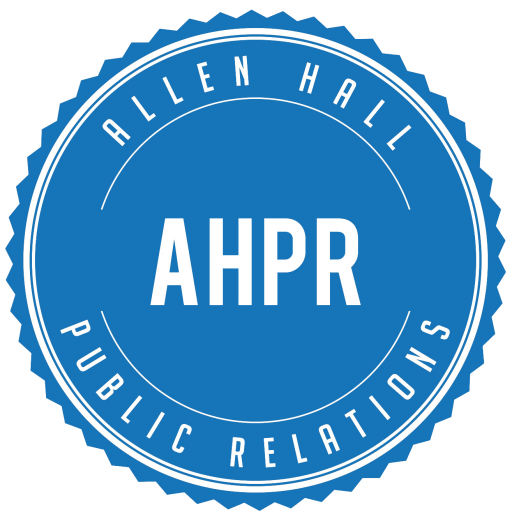- Transparent Marketing
Greenwashing a product not only deceives the customers but makes a bad look for the business. Be truthful about where your product is sourced, and how it is sustainable. That way, consumers can make their own independent and informed decisions. Patagonia is a great example of this. In 2011 Patagonia released this ad which read “Don’t Buy This Jacket” for their black friday promotions. Instead of pushing unnecessary waste, they told their consumers to consume less but value Patagonia for their service of repairing gear and using very high-quality materials that will last a lifetime. Even if sales were reduced in 2011, Patagonia built a reputation for being transparent with its consumers for caring about overconsumption instead of pushing sales.
- Avoid Greenwashing Certification Logos
Consumers rely on labels and logos to provide more insight into a product. Companies can make false claims declaring a product is 100% organic or comes from fair-trade source materials. Brands also do this by claiming they hold a specific certification. Watch out for fake certification logos that look similar to verified ones or have designs or colors to make them look more sustainable. Research independent, third-party certifications to ensure there isn’t bias towards a company or product. For example, when looking for organic food, check for products with the USDA Organic logo or Fair Trade USA for ethical labor practices.
- Don’t Throw Around Fluffy Language
More than ever, consumers today are looking to buy products that leave less of an imprint on our planet. Thus, it may be tempting to use fluffy language such as “eco-friendly” and “sustainable” when describing products. However, using these words does not actually show how the products are “eco-friendly” or “sustainable” and without the information to back it up, these labels can be seen as greenwashing. In order to avoid this, it is important to use detail and measurements in product descriptions to show how these products are more “sustainable” or “eco-friendly” than other products on the market. For example, to be more transparent with consumers, use measurements like “made with 80% organic cotton” rather than “made from organic cotton.”
- Understanding the Difference Between Greenwashing and Green Marketing
Unlike greenwashing, green marketing is only present when a company’s products are directly based on proven sustainable practices and measures. Green marketing is intended to be honest, authentic, and transparent. To legitimately qualify as green marketing, the products should comprise of being manufactured sustainably, free of toxic materials or substances that harm the ozone layer, recyclable or crafted from recycled materials, made from renewable resources like bamboo, and devoid of materials sourced from protected areas or that negatively impact threatened species. Sustainability doesn’t have much validity unless the manufacturing process ensures there is no slave labor present, that excessive packaging is eschewed, and that products are designed to be repairable rather than disposable. Paying attention to these specific practices is crucial when differentiating between greenwashing and green marketing. Green marketing can easily slide into the realm of greenwashing if an organization fails to live up to the standards of sustainable business practices. Labels like “eco-friendly,” “organic,” “natural,” and “green” frequently used in marketing can be confusing and even misleading to consumers when they’re not backed by proven measures.
